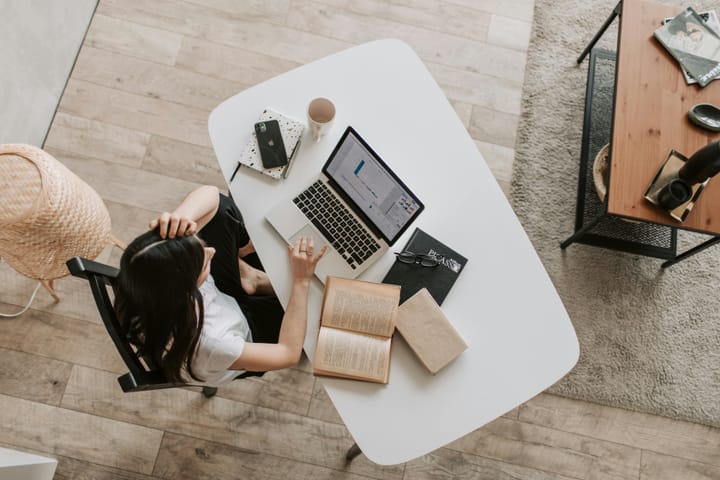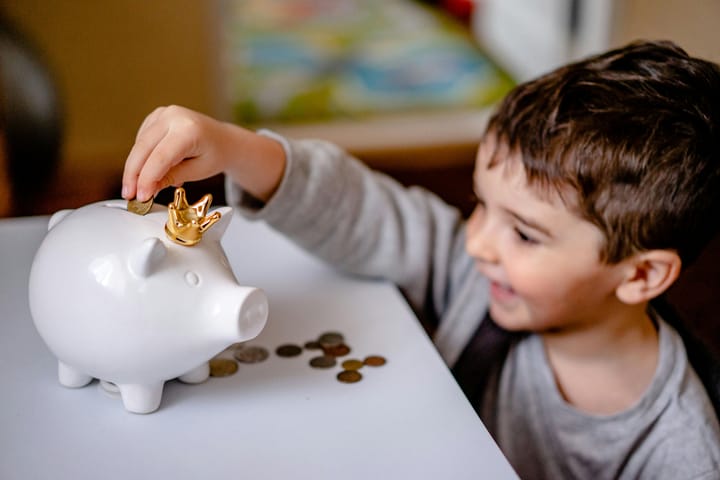Mindfulness beyond meditation: Quirky techniques that work

Mindfulness is a way to practice being engaged with the present moment. It involves being aware of one’s surroundings and emotions without judgment. This is beneficial for alleviating stress and relaxing the body. There are multiple ways one can practice mindfulness. Arguably the most traditional and effective way of practicing mindfulness is through meditation.
Meditation is a simple way to achieve mindfulness. It allows you to take a moment to be aware of your own thoughts and emotions. However, there is more to mindfulness beyond meditation. There are newer and more creative techniques that can be incorporated into daily life to practicing mindfulness. However, to understand which approach works best for you and your body, we must understand what it means to be mindful, and its benefits.
Learning a list of easy techniques before jumping into the journey of mindfulness is simply to make the process easier. Hence, we must take the process slow, to take the time to understand our bodies on the way.
Understanding mindfulness beyond meditation
Meditation is an extremely powerful tool when it comes to mindfulness. It is one of the most traditional and effective ways to achieve mindfulness. However, mindfulness is not limited to meditation. Mindfulness is understanding one’s body, and being self-aware of one’s actions, urges, and emotions. Realising emotional and visual cues that trigger negative emotions. This helps us to stay more present in moments and understand why our bodies react in the ways they do when exposed to certain cues.
Identifying and learning about one’s emotions and mental wellness can enhance wellbeing. This will allow one to better and maintain mental wellbeing. Being engaged in the present can help make better and more active decisions in life. Active decisions can bring better and more logical decisions.
Many people even find meditation instigating negative thoughts and feelings. It can make one feel alone and disconnected from others. Furthermore, it can be repetitive and monotone making one lose interest. There are many newer ways to achieve mindfulness. Breathing exercises, journaling, mindful relaxation, and reflecting after events can be good ways to incorporate small techniques every day to achieve mindfulness. These non-traditional techniques can give a more nuanced view which meditation may not be able to capture. It provides a more holistic view of one’s self, allowing space to identify everyday stressors and triggers.
Hence, utilizing various techniques can help achieve a higher degree of mindfulness which meditation alone may not be able to. Different people are better suited for different approaches and trying them out is one way to find out which works best.
Quirky and effective mindfulness techniques
Since different people are optimized to work with different techniques, exploring the options is a good way to begin one’s journey to mindfulness. Here are a few tips to slip in techniques to enhance mindfulness in your day:
Practice mindful eating: This technique entails putting away any distractions and enjoying each bite of one’s meal. Having a healthy meal is important, but the mind needs to be aware of what is being consumed as well. Watching an episode of a TV show will distract one from the taste of the delicious meal.
Tasting each bite will allow you to evaluate which foods you truly enjoy and your body craves. This practice improves stress and digestion as your brain is aware of the food being consumed.
Practice mindful walking: Taking walks is an effective tool to achieve mindfulness. It is recommended to take walks outside in fresh air, instead of a gym as it provides an open space for your mind to feel free. To enhance the effectiveness of the walk, not listening to music or podcasts while walking can also help be more in tune with emotions. Take this moment to reevaluate what you felt before.
Could better decisions have been made at that point? How can you avoid such mistakes in the future? Remember to be compassionate but open to learning when reflecting.
Mindful listening: Paying attention to your loved ones and surroundings is important. Taking time out to really listen to what your loved one is saying, without judging can be essential to growing nurturing relationships. These moments will improve interpersonal relationships and result in healthier wellbeing.
Processing information as you are being told is important as it can help you understand the other individual’s emotions. This will guide you to make more responsible and informed decisions rather than impulse decisions.
These are some unique approaches that can be incorporated into daily life to achieving mindfulness. While meditation is an effective and traditional technique, it isn’t for everyone. Using the above creative techniques can help us achieve the end goal- mindfulness.
Conclusion
Mindfulness is a state of mind everyone should strive to achieve. Practicing mindfulness can enhance self-awareness and mental wellbeing in the long run. One becomes more in-tune with emotions and present in situations which allows for more active and thorough decision-making. Not only will these better choices in life directly impact one’s wellbeing, but simply listening to their body is enough to enhance mental wellbeing. Daily stressors and anxiety triggers are less effective when practicing such small exercises every day.
FAQs
Why should I try mindfulness techniques beyond traditional meditation?
Trying different mindfulness techniques can make the practice more engaging and effective for those who find traditional meditation challenging or monotonous.
How can I incorporate mindful eating into my daily routine?
To practice mindful eating, focus on the taste, texture, and aroma of your food, and eat slowly without distractions to fully savour each bite.
What are the benefits of mindful walking?
Mindful walking helps reduce stress, improve focus, and enhance physical health by combining movement with mindfulness practices.
How do I start a mindful journaling practice?
Begin mindful journaling by setting aside time each day to write about your thoughts, feelings, and experiences, using prompts or free writing to guide your reflections.



